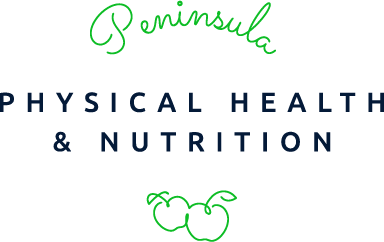The health benefits of eating fish
Fish is a high protein food that is often forgotten in our diets. Fish should ideally be consumed 2-3 times per week, but is often pushed to the side by chicken and meat due to its prevalence and ease of cooking.
Fish is a low calorie food that contains Vitamin D and is one of the best sources of Omega 3 fatty acids. Omega 3 fatty acids are a type of ‘good’ fat that are essential to our bodies, especially for brain function. They have antioxidant properties and are linked to reduced risk of disease, including childhood asthma, cardiovascular diseases and prostate cancer.
Oily fish, such as salmon, tuna, trout, sardines and cod, are the ‘best’ type of fish as they are more nutrient dense than the others. The skin of fish such as salmon contains most of the good fats, so should be consumed wherever possible.
Fish doesn’t need to be fresh. Tinned fish and sardines are just as nutrient dense as fresh fish. They are cheaper, easier to prepare and more versatile. Frozen fish is also a great alternative that can be kept on hand, ready to use and is still super fresh.
5 ways to include more fish in your diet:
- Add a tin of tuna or salmon to a roast vegetable or green salad at lunch.
- Combine fresh fish with thai flavours such as lemongrass, ginger, lime, chilli and garlic and make some fish cakes (see recipe below).
- Combine your favourite pasta with some tuna, roast vegetables, cheese and some natural yoghurt and cook as a pasta bake.
- Cook a fillet of salmon, skin side down with the lid on until just pink in the middle. Serve with a green salad and some oven baked sweet potato chips.
- Lightly crumb fillets of salmon and bake or fry in a small amount of oil. Serve with homemade tartare sauce – natural yoghurt, lemon juice, Dijon mustard, garlic, gherkin and capers.





